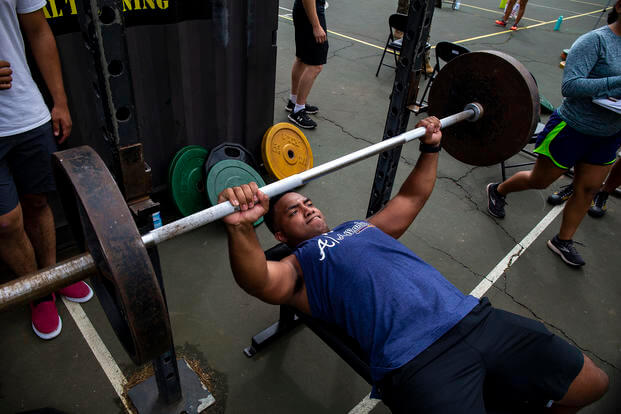We enjoy pumping iron as much as the next guy. That said, traditional weightlifting does not burn fat as effectively as, say, running or rowing. And fat, not muscle, is precisely what you want to burn when trying to lose weight.
Let's start with a quick biology lesson. There are two primary sources of fuel from which our bodies extract energy when exercising:
-
Energy from carbohydrates, which are stored as glycogen in our muscle and liver cells.
-
Energy stored in our fat reserves and in our muscles.
When we exercise, the primary source of fuel differs, depending on the type of exercise and the intensity. When we perform anaerobic exercise such as weightlifting, the primary source of energy is carbohydrate, not fat. For aerobic exercise, such as running or rowing at a moderate intensity (the kind you can do and still carry on a conversation), the fuel mixture is rich in fat.
So how do you know when an exercise is anaerobic? In general, if you only can persist with the activity for less than two minutes, or when your heart rate is above 80% of its max (140 beats per minute for a 45-year-old, with a max heart rate of 175), the exercise is anaerobic and the fuel is largely carbohydrate.
One weightlifting set is usually under two minutes, thus classifying it as anaerobic. If you lifted lighter weights continuously and kept your heart rate at around 70% of its max, then this would be aerobic and your body would burn more fat and less carbohydrate. Workouts like P90XTM, Tabata, or CrossfitTM combine moderate and high-intensity exercise, which helps you burn fat while also helping you build muscle tone since you're using weights (be it your body weight, dumbbells, etc.).
And building muscle mass through these more intense workouts can elevate your resting metabolic rate (the energy you burn when not exercising), which can help with weight maintenance when combined with a regular routine of aerobic activity.
Effective weight-loss programs incorporate lots of fat-burning aerobic exercises, such as walking, swimming, running, rowing, etc. Your mission is to find an aerobic exercise routine that you can do and hopefully enjoy.
You know the saying: The best exercise program is one that you actually will do. The good thing is that the planned aerobic activity you do to succeed with weight loss comes with benefits beyond just burning calories, such as improved brain function, fighting stress and a stronger immune system.
Whatever exercise plan you choose that is right for you, don't forget to add in a recovery day each week. Just like an elite athlete, your body needs time to recover from your workouts. This is when your body invests in rebuilding and repairing the muscles you used to make them even stronger and more capable. So take a break and let your body do the work it needs to keep you going strong.
Dr. John Peters is co-founder of ManUPTM Health, an online health coaching company, and chief strategy officer and professor of medicine at the University of Colorado Anschutz Health and Wellness Center.
Want to Learn More About Military Life?
Whether you're thinking of joining the military, looking for fitness and basic training tips, or keeping up with military life and benefits, Military.com has you covered. Subscribe to Military.com to have military news, updates and resources delivered directly to your inbox.

















